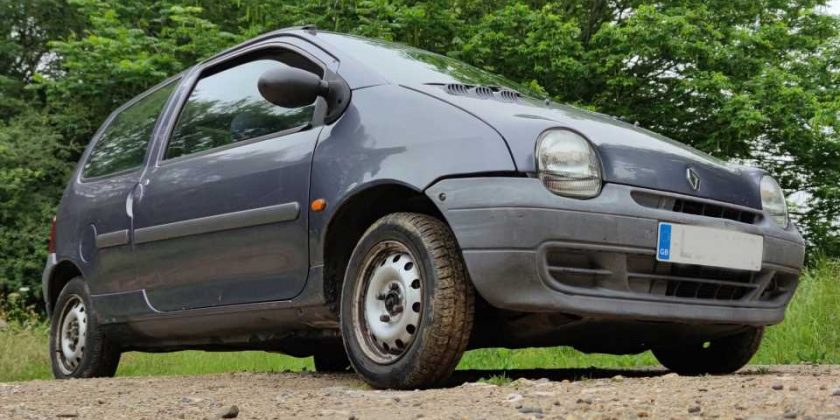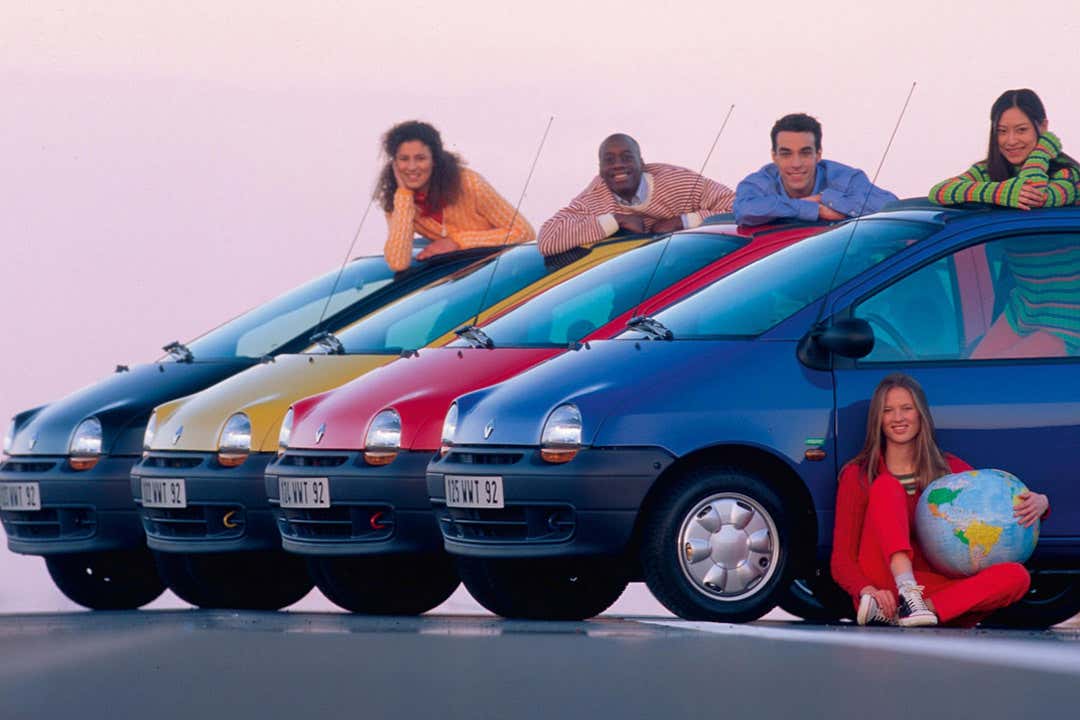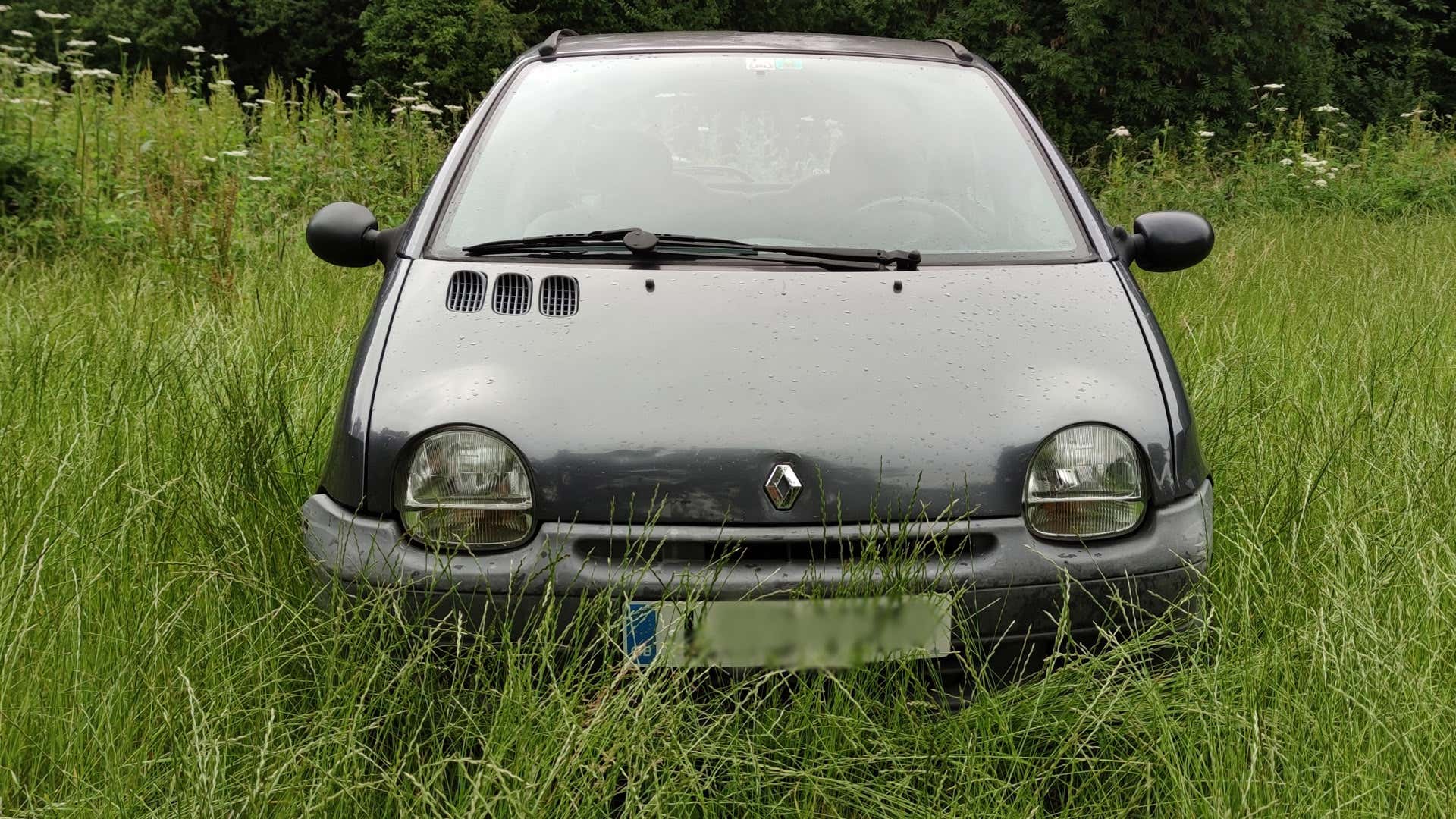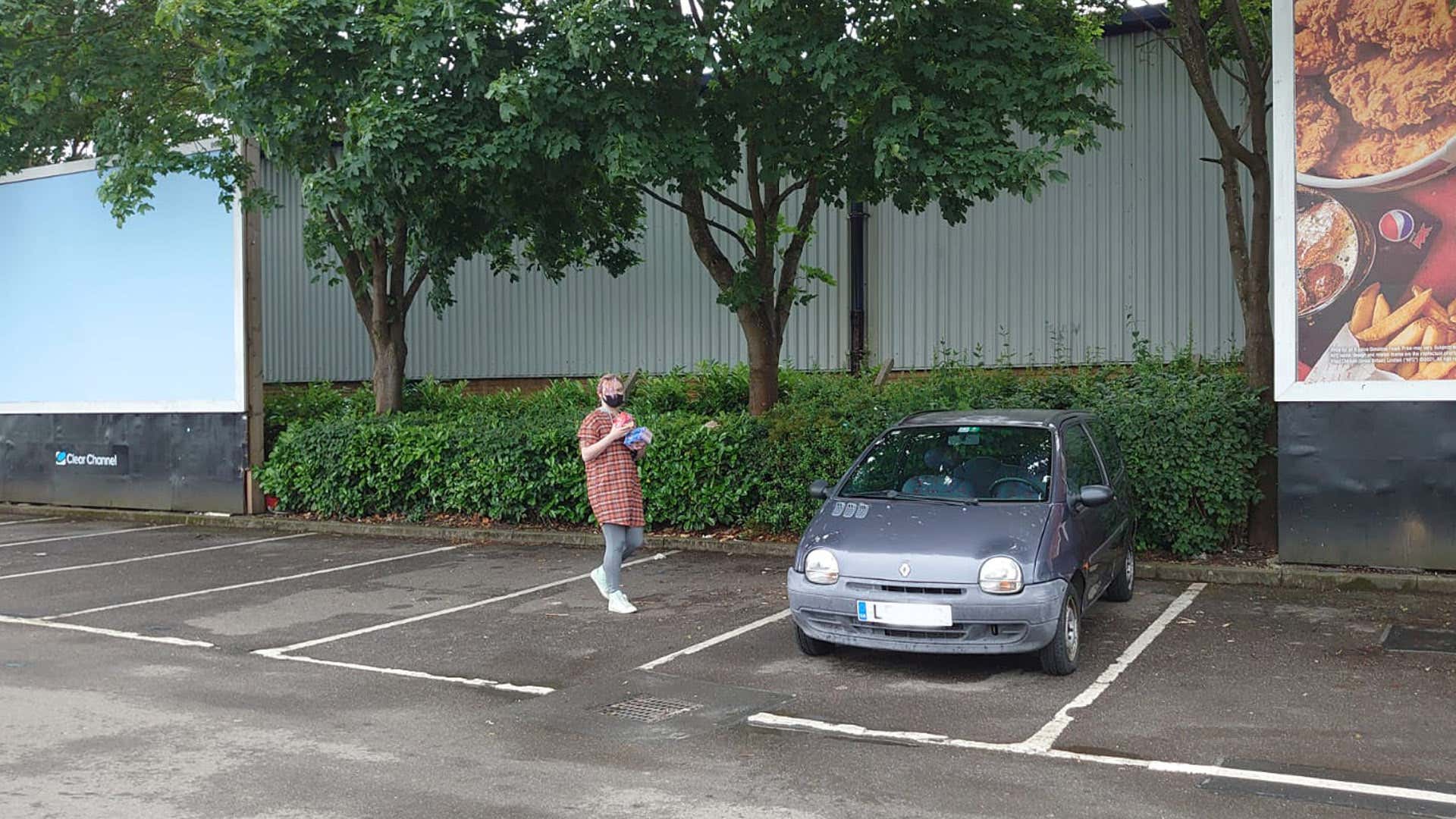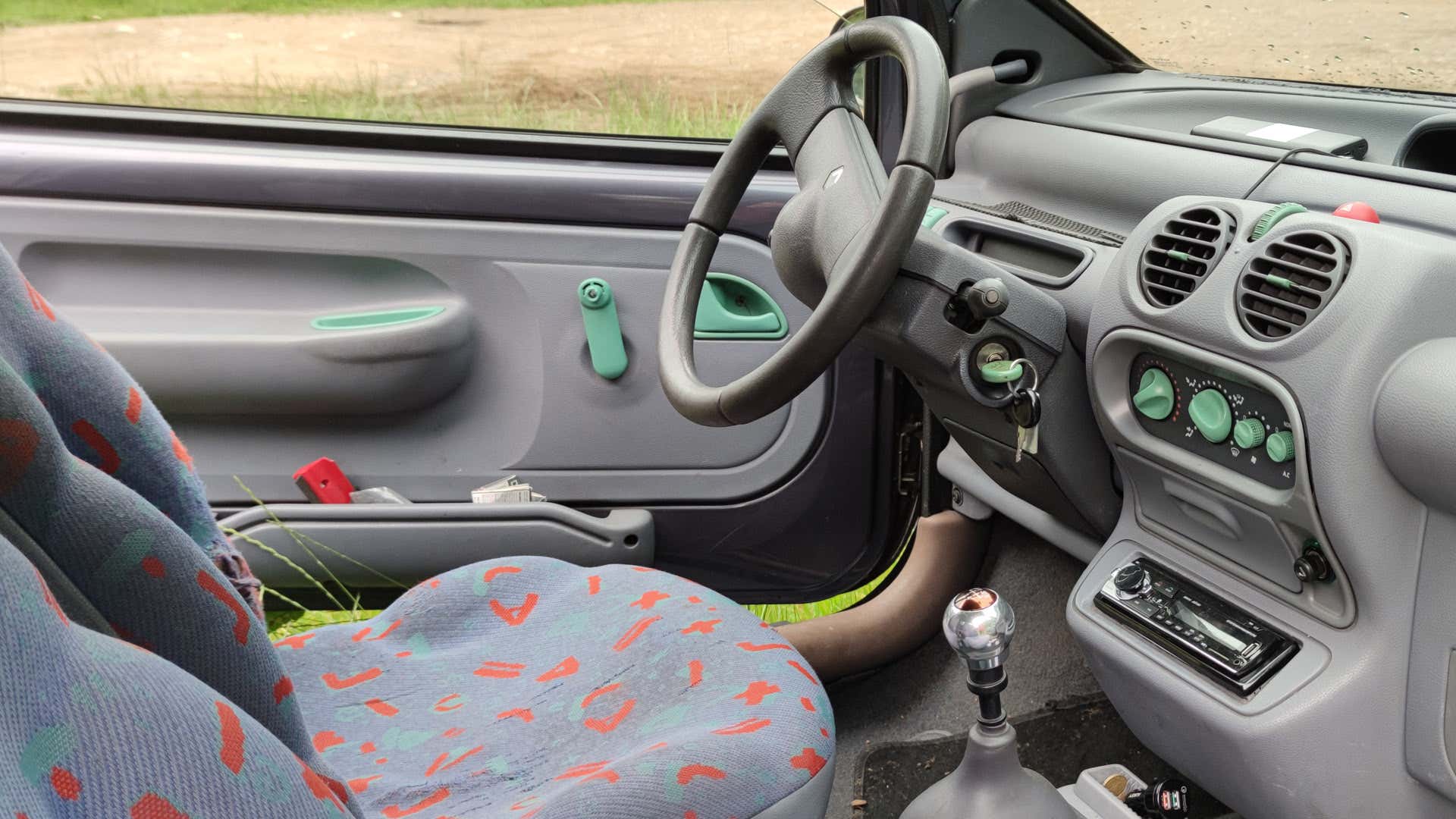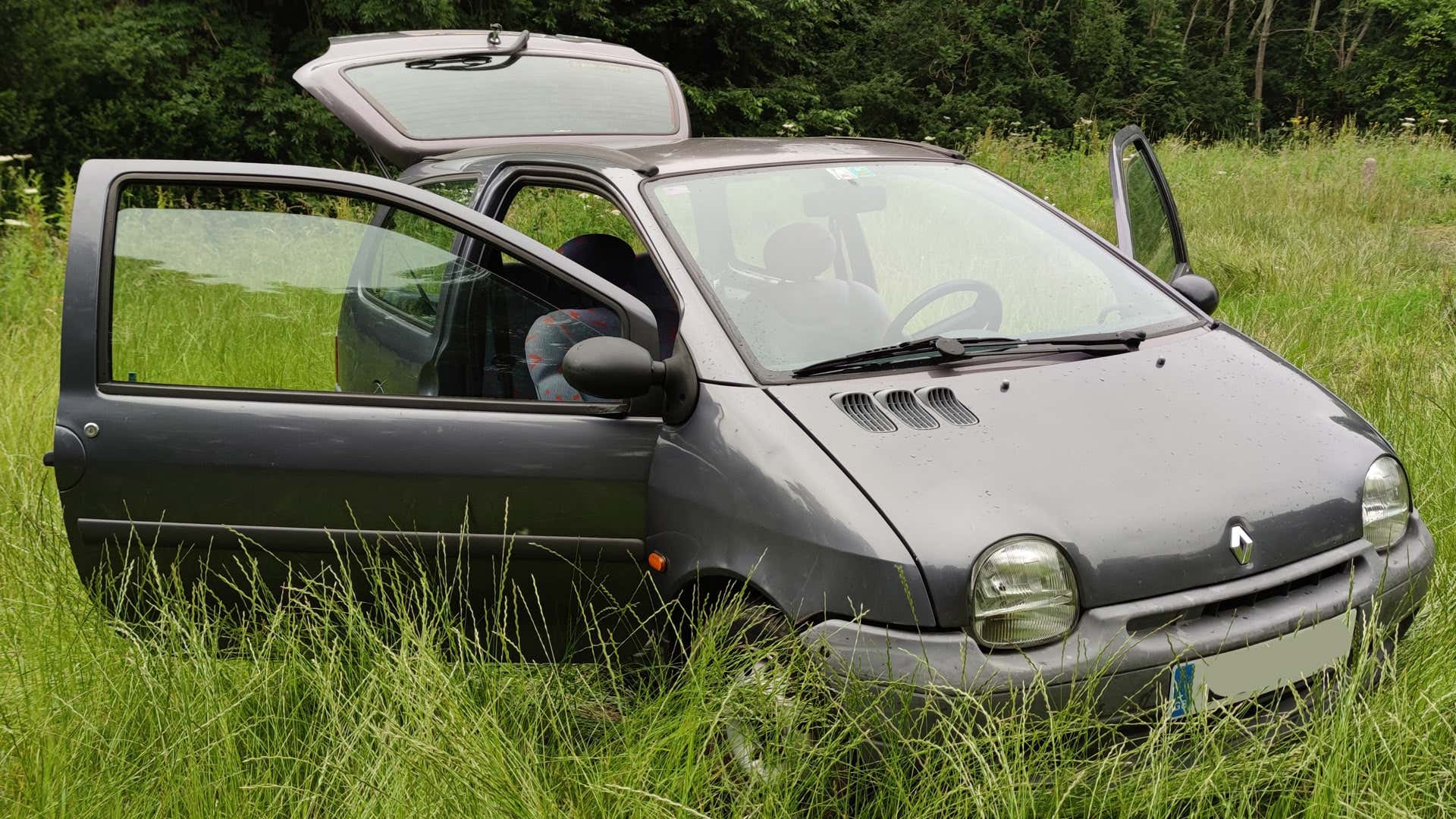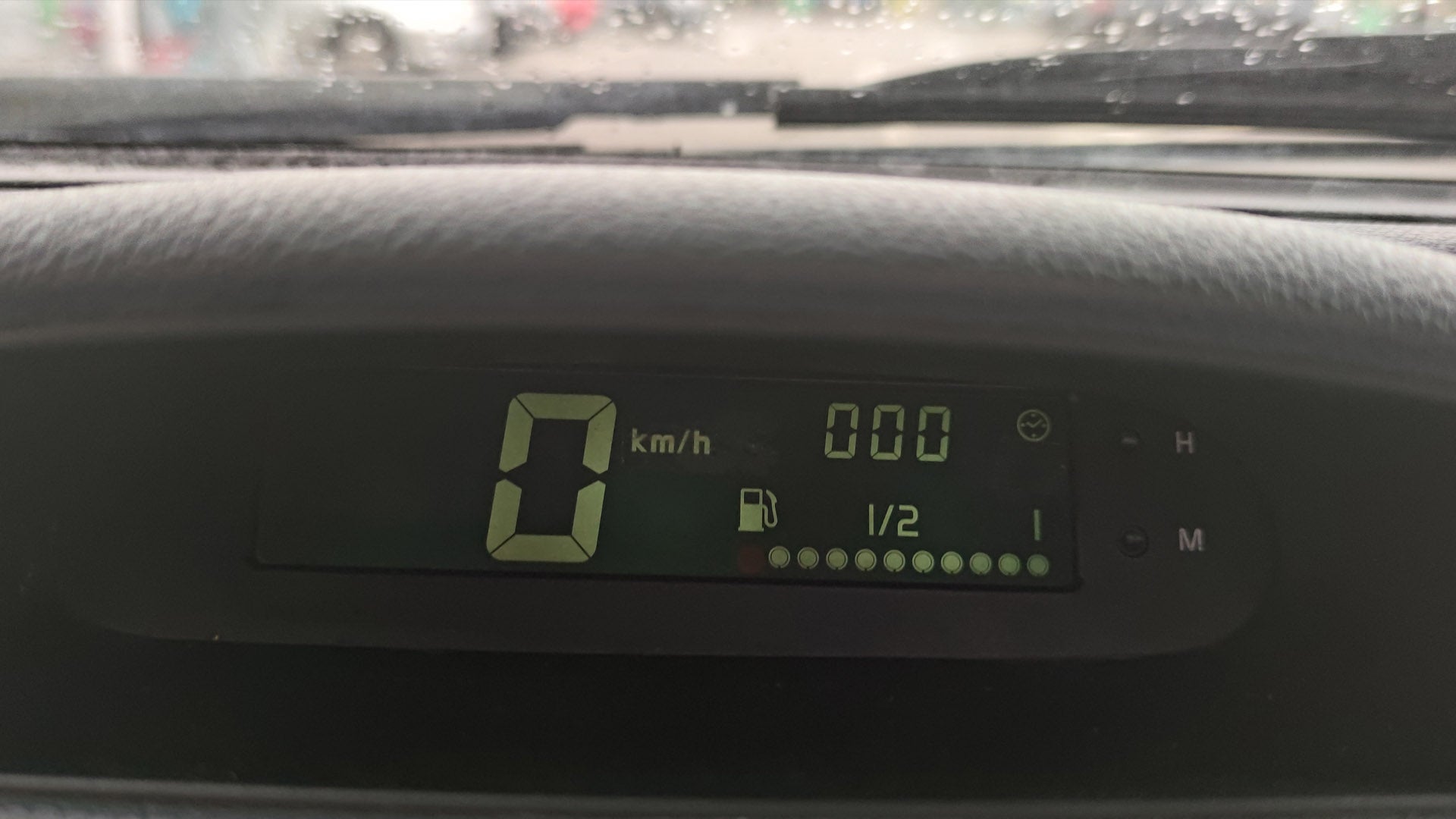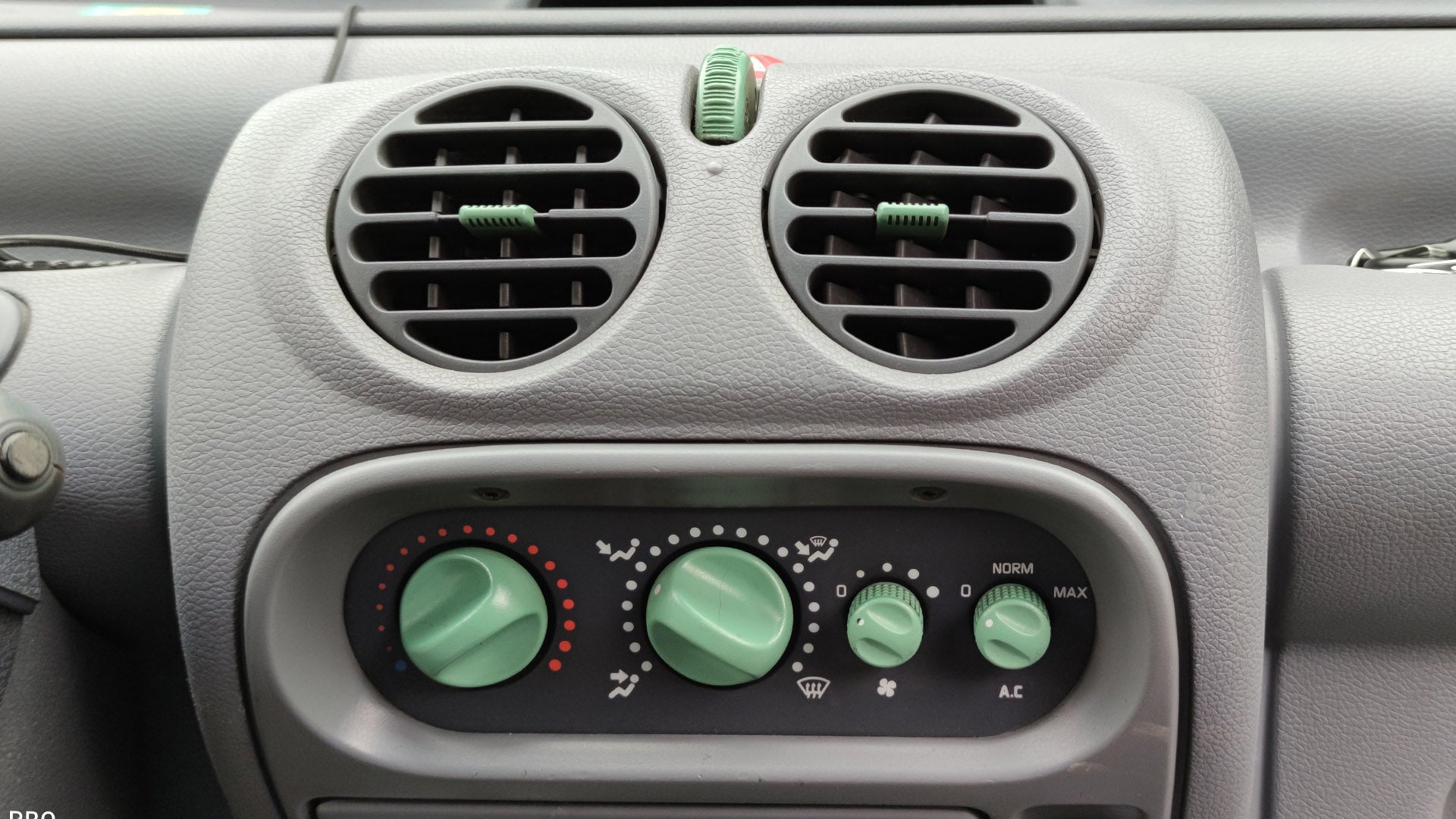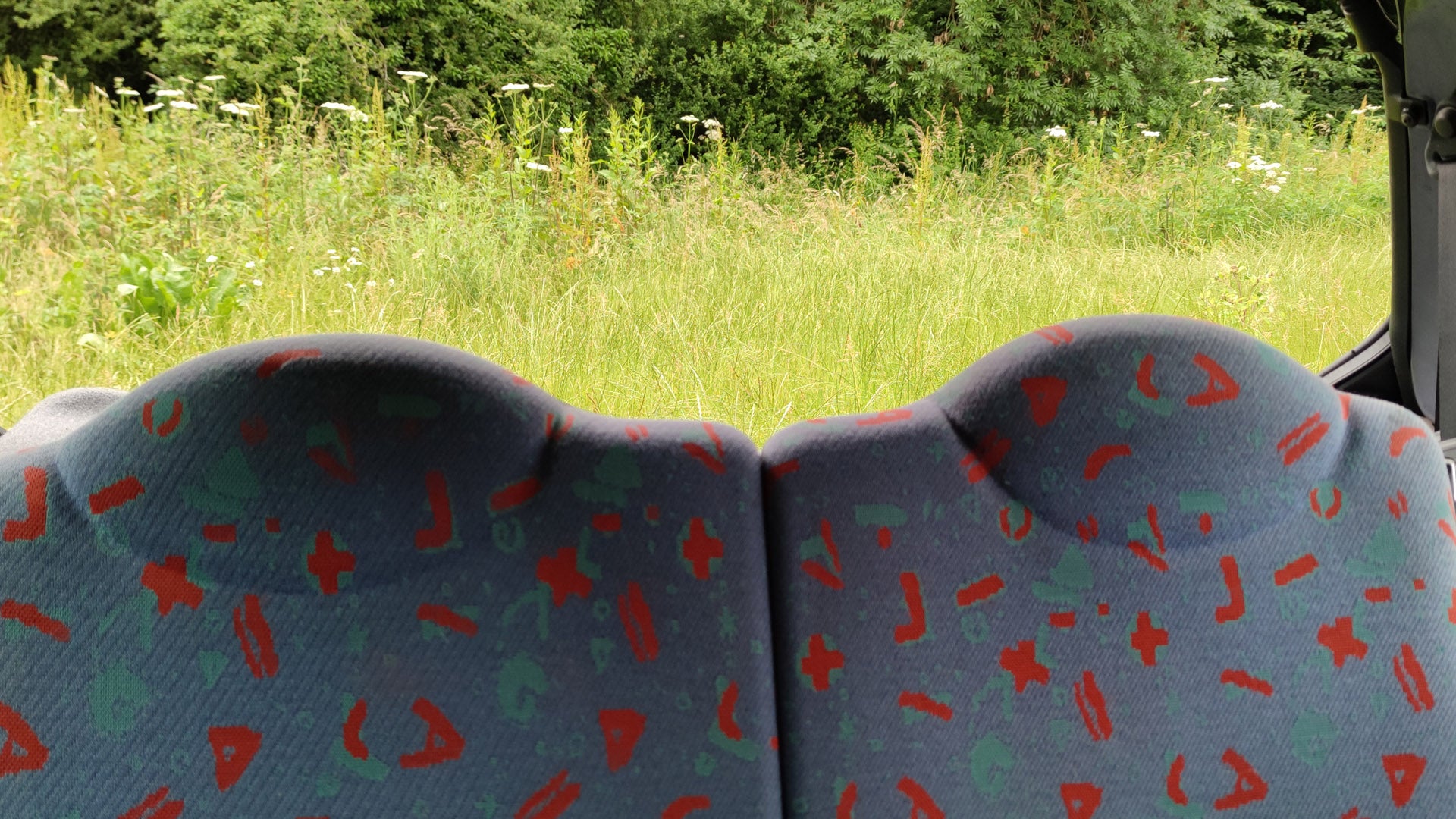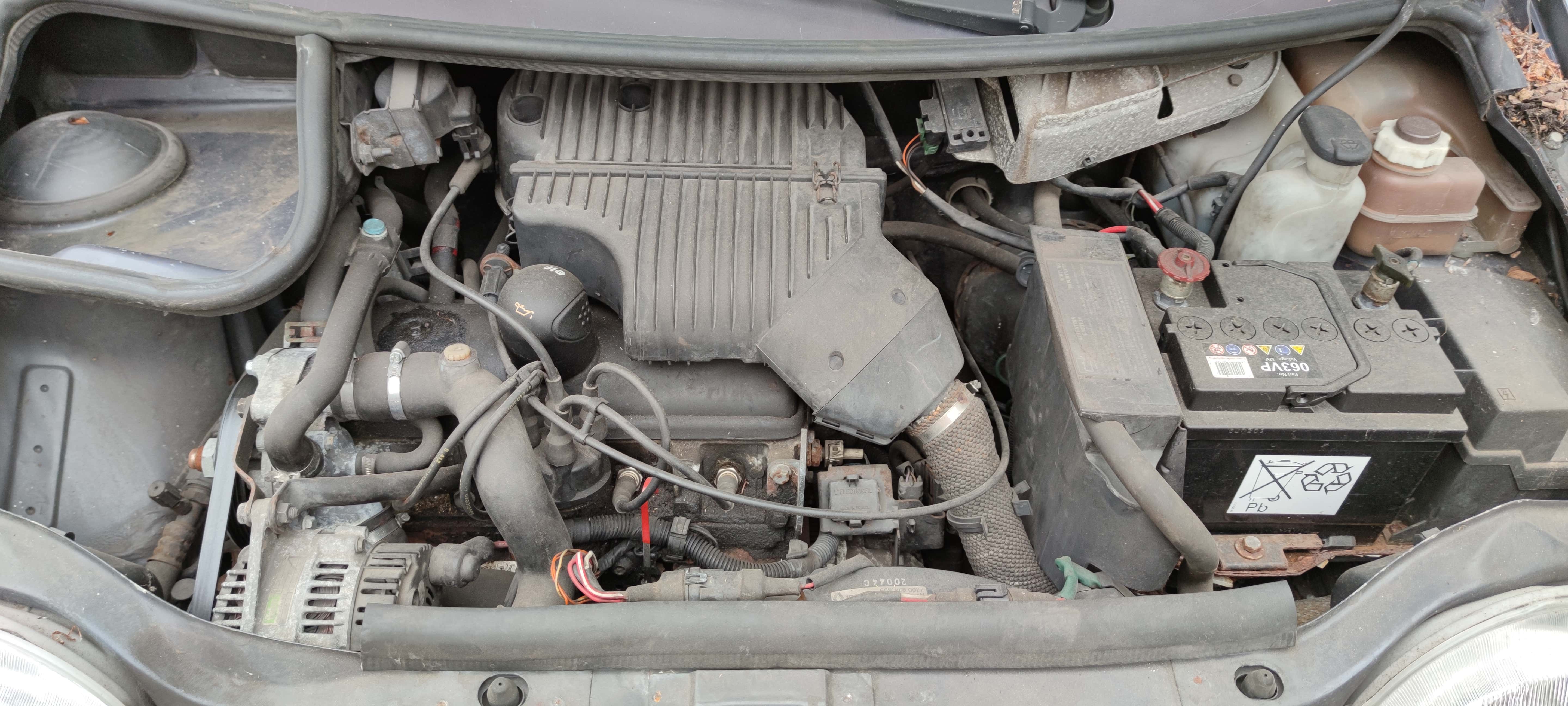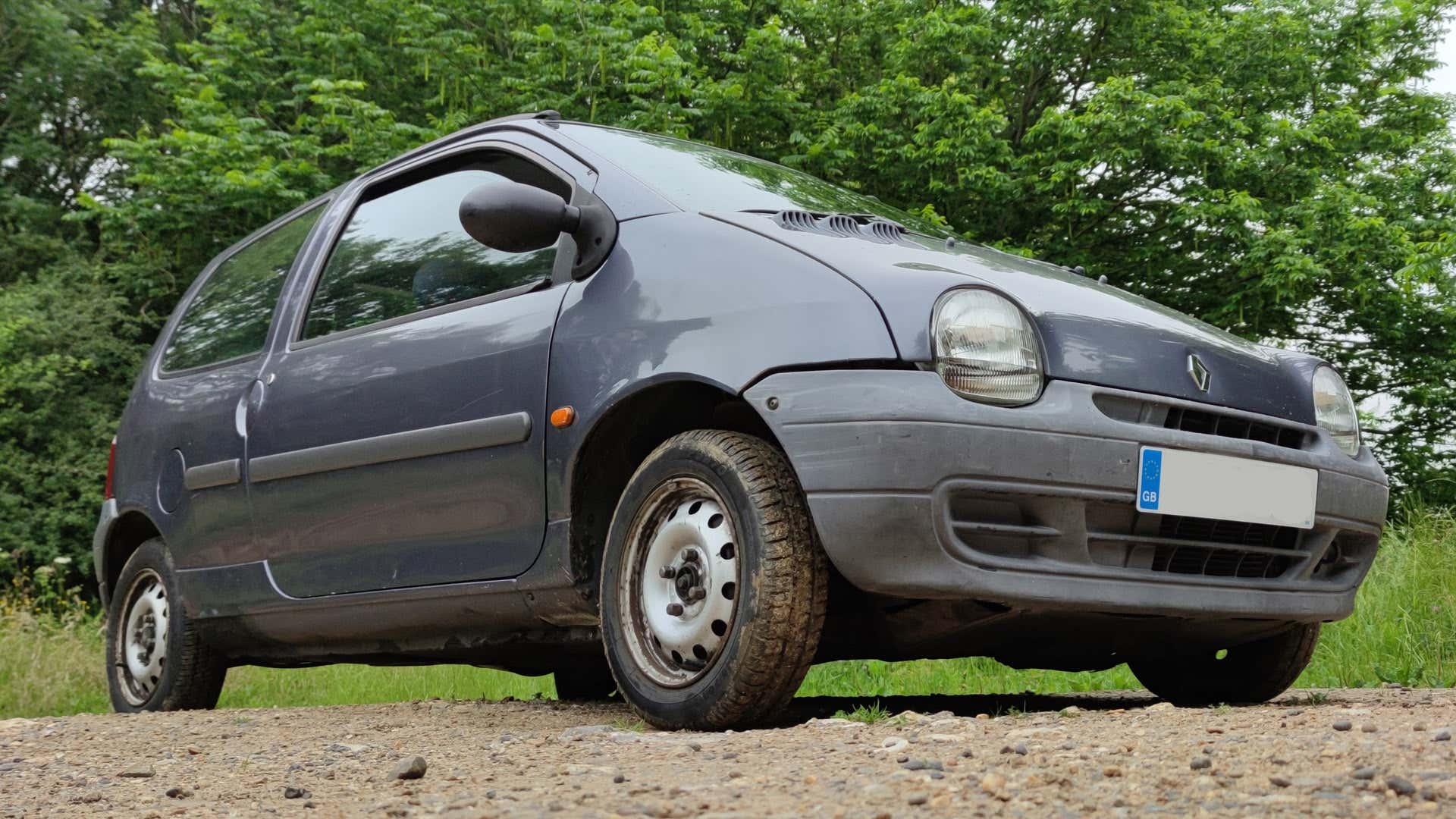Picture this: it’s 1993 and you’re in France. The Cold War just ended, Europe doesn’t have an iron curtain drawn across her like a shroud anymore, but your atlas probably still has a big pink USSR across half the northern hemisphere. Economies that’d been miserably (or riotously) bad for most of the last decade are recovering. Bike shorts are, for some reason, fashionable, and if you don’t have a multicolor cagoule, you may as well be nobody. Beverley Hills, 90210 is the peak of aspiration and 2 Unlimited’s No Limit is about to have a month-long streak at the top of a pop chart that still mattered. The Walkman is God.
Basically, everyone’s ready to have some fun without feeling bad about it. Jeff Goldblum’s about to deliver the year’s iconic line: “Your scientists were so preoccupied with whether or not they could, they didn’t stop to think if they should.” The continent is caught up in a spirit of optimism and opportunity yet to be diminished by, you know, all the bad stuff of the decades to come.
At the time, however, affordable European cars weren’t really in on that vibe. Peugeot’s weirdest prototypes were a way off yet and Europe’s automotive landscape was really going in on the Jurassic Park buzz mostly by looking somewhat prehistoric. My parents were about to get their first car that ran on petrol without lead in it. But people had money and time to spend it, now that the imminent threat of being wiped off the face of the earth by nuclear war didn’t take up most of their evenings.
Enter April 1993, a hopeful month. The Renault Twingo ushered in a new era of fun and more forward-thinking design, without making owners spend big bucks. The Twingo showed us it was time for a decade of rad stuff that blows your mind. I feel all of this every day now because I just bought myself a ’93 Twingo. And happy—or at least rad—days are here again.
1993 Renault Twingo Mk1 Specs
- Original Price: 55,000₣ (approx. $18,100 today)
- Powertrain: 1.2-liter overhead-valve inline-four cylinder | 5-speed manual | front-wheel drive
- Horsepower: 57 @ 5,250 rpm
- Torque: 68 lb-ft @ 2,500 rpm
- Seating capacity: 4 people who know each other really well
- Quick take: Here for a long time—and a good time.
Time for THIS
When I started working at The Drive I knew it’d only be a matter of time before I bought some ridiculous car. Knowing myself, it was going to be something like this. I tried to stave it off. I installed a browser extension that stops me from going on Autotrader after 10 p.m. I only bid on one Lada Niva on eBay before I stopped myself. I basically kept control, the odd late-night lust episode over a nonfunctional Isetta aside.
I live in London and I love tiny cars, so it was never gonna be an SUV I succumbed to. But I’d kind of suspected I might go wild and buy a beaten-up Mini or something. One of those cars there’s plenty of kicking around in the U.K. that’s interesting enough but not likely to cause a million problems. I never dreamed it could be an actual, original Twingo, the tiny car icon auto writers romanticize everywhere.
I knew it was coming. It was part of accepting the job, accepting the strange car I’d buy as a project and fall hopelessly in love with. The car that would be part of my adventures. The car I’d invest some dreams in. I didn’t have one, then. Now I do.
The Shape of a Friend
The Twingo’s history is pretty simple: in the late 1980s, Renault needed to replace the utterly ancient Renault 4 with a new small, cheap city car, built and sold on a budget. There’s nothing especially new in her, even at the time she was created, from her borderline-antique engine (more on that later) to her seemed-kinda-neat-at-the-time dash display. Even the iconic shape of the Mk1 Twingo is borrowed from earlier Renault prototypes, originally intended for a minivan, repurposed in the early ’90s when the then-head of Renault needed something fast and cheap.
Fast to produce, that is. The Twingo isn’t a speed queen. She does borrow all kinds of ideas, apparently including an expired Polish patent for a Beskid 106 prototype that the Twingo has been accused of near-exactly copying, especially in her now-iconic shape. Renault, officially, denies the whole thing. And it would make no difference to the dissolved Beskid anyway, but the two do look remarkably similar.
The Twingo’s a small car, so it’s not a surprise that she has a pretty low drag coefficient compared to, say, a Bronco. But her exceptionally aerodynamic shape is the kind of thing gained from hours in a wind tunnel, which the scant development budget for the Mk1 definitely didn’t run to. Allegedly just $700 million was spent to design the Twingo, half what would be spent developing the Peugeot 206 a few years later; even then, Peugeot had to rely heavily on computer designs to avoid reliance on wind tunnel and mechanical testing, in order to run to budget.
But the Twingo’s almost a sports car, aerodynamically. She’s got a Cd of just 0.29, which is one of two very specific things she shares with something much, much fancier.
The other is that, in order to make any headspace at all available in the cabin, the floor pan is about three inches off the ground. Going over a speed bump with her is a gamble, taking a hard curb could be the end of things. But there’s something about the car’s whole deal that doesn’t stop you from wanting to do it anyway.
Twingo owner, and Twingo
This Twingo in Particular
There are many Mk1 Twingos around on this side of the Atlantic. I found mine on Car and Classic, which surprised me because like every other early millennial, I mistakenly think the ’90s were about five years ago, maximum.
The guy who sold me my Twingo, Kevin, had bought her a few years back. She’s unusual because she’s in the UK—the Mk1 was actually never sold here—and licensed as such, which immediately drew me to her. This is also why she’s left-hand drive. The fact she was only a few miles away, in another part of London, meant I basically had to email about her and by the time I’d actually gone down to see her the decision had been made several days previously.
I was pretty upfront that my plan was (and still is) to convert her to an electric drivetrain. At 28 years old and with her original engine, she’s sadly completely non-compliant for any emissions regulations and there’s not much point in having a city car you can’t drive in London, especially when you live there. But my intention in doing that is to give her at least another 30 years of very beloved life because it’s impossible to look at this car without smiling and just sitting in her is a pure delight.
This could be you but you don’t own a Twingo
That was one of my plus points, as a buyer, since I wasn’t intending to rip her apart and turn her into a rallycross car or something. What’s the point of buying a proper real, actual, original Twingo and not preserving her? She’s got all the green plastic knobs and glorious upholstery of a particular slice of time, a moment of whimsical optimism that I wasn’t old enough to understand couldn’t last, back then.
My Twingo comes from Madrid, originally. When you fold down the driver-side sun shield Servicio de Estacionamiento Regulado parking permits for years past tumble out on you and she spent most of her life there, until arriving in Birmingham a few years ago, when Kevin bought her. At the time, he thought she’d be a quick repair job that turned into an eternity of welding work. I was lucky enough to pick her up at the end of that, and a month before her MOT test was due for renewal. So, we’ll see how that goes but I don’t think she’s got anything major left to go wrong.
I’ve got no intention of changing where the steering wheel and pedals are. Aside from needing to 3D print an entirely new dashboard, making it right-hand drive just feels wrong, to a very slightly lesser degree than it feels dangerous trying to drive a very small left-hand-drive car through London, surrounded by SUVs. She’s lived a life typical of a car that’s spent three decades in close contact with other cars in cities. Her bodywork is dented in more than a few places, evidence of a life driven pretty much as she’s intended to have been. A Twingo isn’t a car to lovingly protect and preserve like a beautiful specimen under glass, they’re meant to bump around and it only makes her more classic to show it.
She doesn’t have the iconic Twingo headlights installed—they’re in the boot if I ever switch them out—because they’ve been switched for the Japanese-market right-hand-drive headlights. Although no one ever fashioned an RHD dash, the Mk1 was sold in Japan with this look, exclusive to uh, well. Literally, the headlights are all they changed but anyway, they’re original parts.
One thing about her is she’s been repainted at some point. This actually is, for me as the owner, almost a relief because it means I can do it again in good conscience. Twingos are not meant to be grey. Now it’s just a case of working out which of the original Mk1 colors I can track down enough of to respray her.
All three doors
Settling Into the Twingo
Sitting in the Twingo is weird. It feels like getting into the TARDIS, in that there’s an impossible amount of space—more than a Clio, more than any other small car I’ve ever got in. I’m not especially small, at 5’10”, but it’s weird getting into a car that’s only slightly over four-and-a-half feet tall and having more head clearance than in some wagons.
If I tell you she’s got a screen, don’t imagine I mean LEDs or an infotainment system; the Twingo has a backlit 1980s digital alarm clock face embedded into the center of her dash. It’s so primitive that even though the onboard computer (or maybe calculator) has been reset to miles-per-hour on mine, the display has km/h hard-framed into it. The 10 dots on the bottom right of the display were a funky way to completely obscure how much fuel is left in the tank, although we did work out they seem pretty accurate; two left let us put 20 liters in the tank, which is a comfortable 20 percent of her 25-liter capacity.
Unfortunately, this display—despite the shading—is borderline unreadable in any sunlight. It might be that the bulbs need replacing but also it just, bluntly, sucks as an interface, charming though it is as an interior touch. At the time the Twingo appeared, it would’ve been a cheap, funky alternative to a conventional dash in the era when Douglas Adams correctly diagnosed the human race as “so amazingly primitive that they still think digital watches are a pretty neat idea.”
The rest of the Twingo’s interior features a lot of plastic that’s increasingly brittle. Her knobs and dials are a delightfully tactile green and although she’s short on features, she’s got surprisingly well-functioning air conditioning via those three little grilles on the hood that give her the look that well, makes her Twingo.
The interior’s other defining feature is the loveseat in the back. A single, moveable unit, the two back seats can be pushed back and reclined far enough to create the iconic Twingo bed layout. We thought about doing this for the photo op, then remembered we were in a small car park off a village green in sleepy England and there was a pretty high chance we’d get confused for people out dogging, which is what we Brits call hooking up in public.
Not that kind of rear-ending
57 Glorious Horsepower In Motion
Driving through glamorous Croydon (an area of suburban south London most famous for being boring) I thought “maybe I shouldn’t convert her to EV. Maybe she’s perfect just the way she is.”
For a little, underpowered car, the Twingo is kind of magic. She feels heavy as hell; no power steering or ABS trouble themselves with what you’re doing and so she’s got a bit of a weird race car feel by eliminating all those driver aides we’ve got incredibly used to. Given that she’s a car that’s supposed to be driven through streets, it takes a heck of a haul on the steering wheel to get her round a roundabout and there’s something surprisingly mean about the way she does it, scrappily brutal.
When it comes to street cars, I’m not that impressed by overall speed. I get that it matters to some people, that having the absolute fastest car is important. But I don’t care about that—life’s not a drag race. I’m not even bothered about power-to-weight or whatever; it’s way more about what a car does with it, to me.
What the Twingo does is something pretty simple but remarkably delightful: she just drives. All the rubbish people talk about the purity of driving experience and whatever, it’s all here. Her manual gearbox grinds and you feel every kilogram of her putting out a challenge.
The Twingo’s engine is nothing cool to look at. There’s 28 years of gunk in there and honestly, I should sort that out. Her inline four-cylinder engine is sort of special, though. The engine that got put in Mk1 Twingos is a Cléon-Fonte 4-cylinder. It’s a small, efficient motor—or at least it was when it was introduced in the 1960s. It the mainstay of Renault’s small, fun cars up until the mid-’80s when it started to be phased out. Cars were bigger, they could have more power, they needed to be cleaner and there was no need to try and cram an ultra-compact unit in.
Until the Twingo, of course. The Cléon-Fonte had been due to stop production but searching around for something to fit under the hood, Renault returned to the engine that had been part of its early success. Yes, all 57 horsepower it could manage to crank out wasn’t necessarily exciting and it was basically an antique, previously slated to go out of production in the early ’80s.
But it fit the Twingo. A compact, reliable engine for a little, fun car that’s supposed to leave you without worries. What stuff can go wrong in the Twingo? I mean, not a lot, since it’s only got about five moving parts.
Even the Twingo lost the Cléon-Fonte by 1996, so it’s only this first run that had it. And honestly? It starts every time, and what else do you need in a car like this? The gearbox has a thing about second that’s fairly typical of a city beater that’s taken a few knocks in her time, but whatever. Now, there’s no getting around the lack of power. You feel it acutely. Driving up South London’s Biggin Hill we achieved a mighty 27 miles per hour at one point, and that was clearly all she had. But in a car the size of a cat box, three inches off the floor, that’s still plenty exciting. Especially when you’re driving from the wrong side and there’s an articulated truck coming down the other half of the winding road.
What is the Twingo? Aside from my beloved car, now, she’s an icon. An idea pulled together and half-pirated out of old tech and (maybe) swiped plans. The Twingo’s got a scrappy audacity, with her ancient engine and ’80s tech, that gives her rogue swagger. She’s a Millennium Falcon of a car, including all the pleading for her not to embarrass me every time there’s a reason to stop at a roundabout.
There’s something hopeful about the Twingo, something rascally. She says “Yeah, this shouldn’t work but we’re going to get away with it.” After 28 years, I’m not going to argue her confidence about that. Like me, her main flaw is somehow being criminally optimistic no matter how many times she’s had to be re-welded (it’s a lot), or taken a few bumps that only give her more character.
Got a Twingo? Hell yeah, friend. Talk about it to me on [email protected]
RELATED
1980 Renault 5 Turbo Review: An '80s Time Capsule Best Left Parked
Sometimes rose-colored glasses come with matching red wheels.READ NOW
RELATED
1976 Honda Lady Review: Driving the One-of-One Civic Wearing Haute Italian Fashion
The most special car is the one you drive, but having completely hand-shaped Italian metal doesn't hurt either.READ NOW
RELATED
Rare Photo Shows Never-Made Dodge Version of the 1993 Jeep Grand Cherokee
A glimpse at an alternate timeline.READ NOW
Source: Read Full Article
